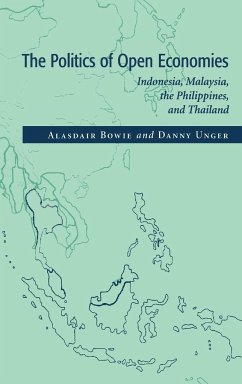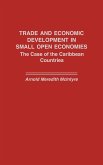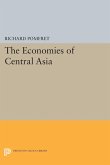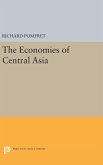This book asks why some countries have responded to the external constraints and opportunities arising from their global and regional economic context by opening up their economies. In particular, the authors examine the role domestic political and economic factors play in shaping the decision to become more open, or more inward-looking. The countries of Southeast Asia have generally enjoyed economic success in the postwar period. The authors argue that one of the explanations for this success has been their integration into the global division of labor, and analyze decision-makers' reasons for following this course. They place particular emphasis on external events, notably the two oil shocks of the 1970s, and the more recent outflow of investment capital and manufacturing capacity from Japan and East Asia.
Table of contents:
1. Introduction; 2. The regional context of Southeast Asian economic growth: the international context; 3. Indonesia; 4. Malaysia; 5. The Philippines; 6. Thailand; 7. Conclusion.
This book examines the political and economic explanations for the success of the ASEAN countries in integrating their economies into the global economy. The authors provide systematic comparisons across countries during four critical time periods, and offer an integrated perspective on the political economy of the region.
This book examines the political and economic explanations for the success of the ASEAN countries in integrating their economies into the global economy.
Table of contents:
1. Introduction; 2. The regional context of Southeast Asian economic growth: the international context; 3. Indonesia; 4. Malaysia; 5. The Philippines; 6. Thailand; 7. Conclusion.
This book examines the political and economic explanations for the success of the ASEAN countries in integrating their economies into the global economy. The authors provide systematic comparisons across countries during four critical time periods, and offer an integrated perspective on the political economy of the region.
This book examines the political and economic explanations for the success of the ASEAN countries in integrating their economies into the global economy.








